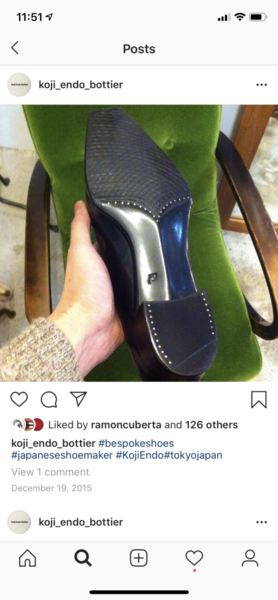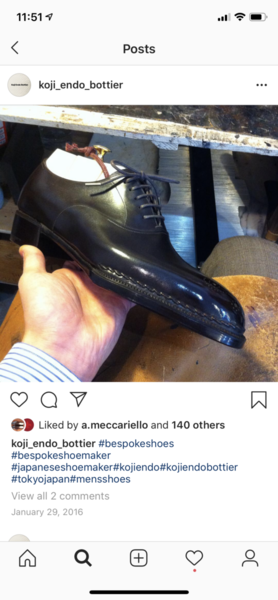- Joined
- Jan 8, 2008
- Messages
- 10,132
- Reaction score
- 5,714
It is much more difficult to have an excellent fitting with a seamless pair of shoes. And because of the difficulty involved to make a seamless shoe, i.e. there is no margin for any error as the leather is in one piece, the durability can also be affected if not done by someone at the top of his art. I think that DWFII and eventually Marcel, should be able to give us more hindsights in proper english, and not in some broken language like I would do. Adrian
There is...to my knowledge...no way around it--when you make a seamless whole cut or a seamless vamp and quarter combination, you are forced to cut a bigger piece of leather than you will eventually end up with. The excess has to go somewhere. In a perfect world, all the excess would be pulled under the last or beyond where the inseam will be. But in this world the forepart will last and stretch pretty much as it would on any shoe, but under the arch and around the heel the excess will tend to pile up like so much surplus army goods. Sure, some of it can be moved forward, backward, or under the last...but not all, by any means. So what happens to it? Good leather, especially vegetable tanned leather, will compress in lieu of stretching and pipes and wrinkles that might seem immovable at first can be boned out. It is possible to flatten a remarkable amount of surplus veg tanned leather to the point that it looks like the surplus was never there. But it was, it is, and it always will be. Fortunately much of that excess can also be "bonded" to the heel stiffener and to mid-liners and so it never really becomes an issue. If it were over the instep or the forepart it would affect fit. It would affect appearance...eventually...and it would affect wear. Ask yourself though...why don't more shoemakers make seamless wholecuts? That it's a difficult and problematic technique is certainly a factor but uncertainty about long term viability is probably the major reason why this never became a mainstay in most makers' offerings. Dog tails...as we call them over here...reinforce the backseam in a very critical manner and prevent any chance that the top line will break or fail as the last is being pulled. Some makers also run an extra line of stitching partially around the back of the heel for the same reason. I'm not sure which is more off-putting...the dog tail or the almost aesthetically irrational extra stitching. Like any technique, dog tails can be done in a clumsy or in a refined fashion. The real measure of any of this is why it was done and how much care and forethought went into it.



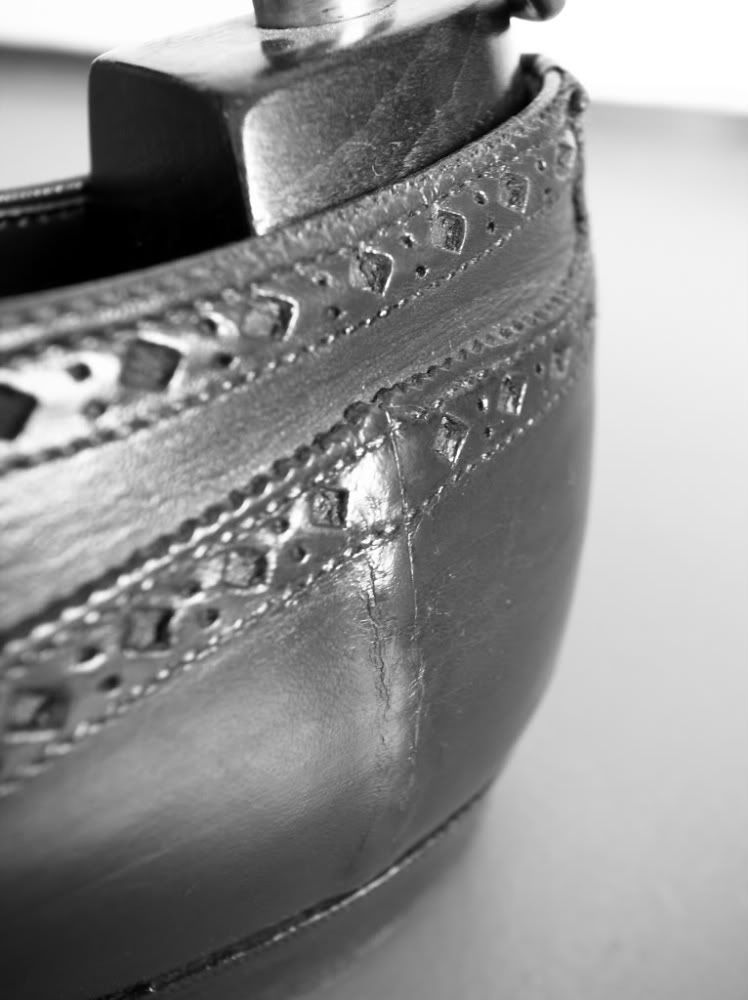

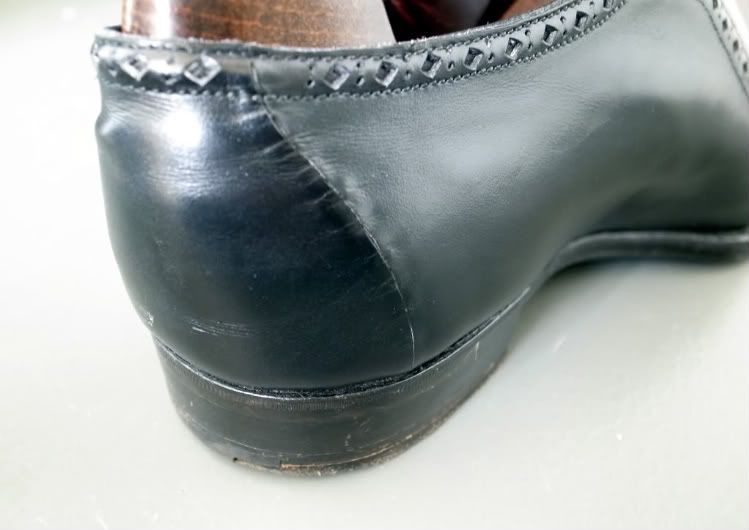
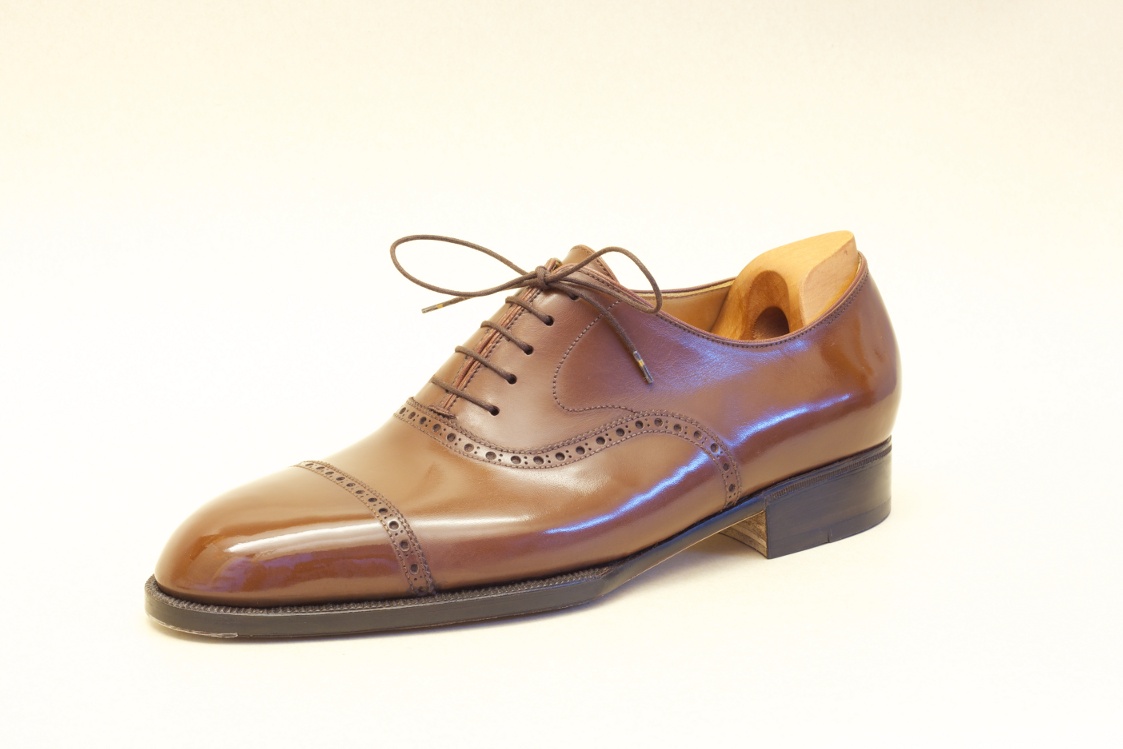
![fight[1].gif](https://www.styleforum.net/images/smilies/fight[1].gif)





